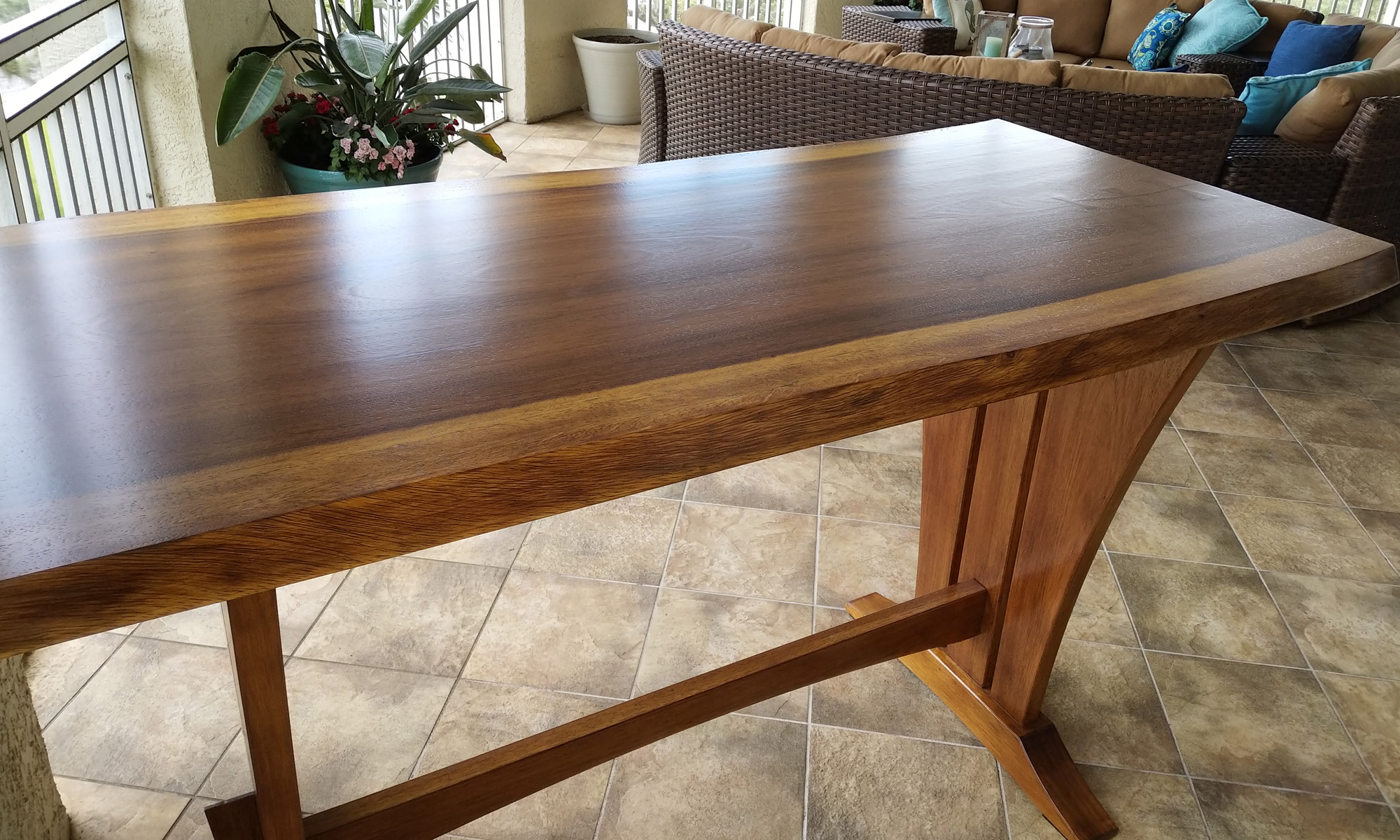My initial plan to create the slots holding the knives in the display case was to use my scroll saw. However, the case dimensions were 16″ x 30″ which would have been to big for my scroll saw. Further, when I took delivery of the knives I saw the eagle part of the handle was considerably thicker than the rest of the handle. This meant the slots would have to be at a varied depth in order for the knives to sit flat. The only way to achieve this would be with a router.
Rather than having to factor in the thickness of a router collar when making the template, I decided to buy a Daisy Pin Router from MLCS Woodworking. Like I really needed an excuse to buy a new tool 🙂 The pin router includes four steel guide pin of varying sizes (1/4″, 5/16″, 3/8″ and 1/2″) and I also purchased the corresponding set of router bits to go with the pin router. As always, with MLCS, shipping was prompt and the package arrived in good condition. As you can see in the next shot, some assembly and set up is required.

After attaching the lever to the arm, I screwed the 1/2″ guide pin into the collet of my router. I then moved the arm around to see where it would fit best. Ideally I would have preferred bolting it to the table on the fence side of the router. However, I had very limited access to the underside of my router table at that location, so it would have been difficult tightening and removing the bolts. I ended up locating it to the left and back of the router. This meant that I would need to feed the workpiece from right to left, which shouldn’t be a problem as I have enough of the table in front of the router to support the workpiece. I also took care to make sure the arm did not cover the access hole for the router lift.

The next step was to mark where the four holes were to be drilled in the router table. I used a transfer punch to do this accurately. I drilled the holes carefully using a 5/16″ bit. The directions called for using a 3/8″ bit, but that seemed a bit big to me.

The next shot shows the pin router bolted to the table with the 1/2″ pin still secured in the router collet.

I was excited to take it for a test drive, so I cut a scrap piece of 1/4″ plywood, drilled a hole in it with a forstner bit and then secured it to a piece of maple with double sided tape. I set the guide pin so that it was just above the maple, but below the height of the plywood.


Routing the outside profile was quick and easy. I did it in four passes, raising the bit each pass. I routed the end grain first and then the side grain to avoid tear out.

Routing the interior profile took a bit more care, but was still quick and easy. I raised the guide pin, started the router, then carefully positioned the workpiece over the bit taking care to ensure the guide pin was inside of the hole cut out in the plywood. Then I plunged the workpiece down on the bit, held the workpiece securely while dropping and locking the guide pin in place. Then it was just a matter of moving the workpiece around within the constraints of the guide pin in the cut out hole. I had to perform these steps a couple of times, turning off the router and raising the bit incrementally each time. When I flipped the piece over it was good to see a perfect reproduction of the circle in the workpiece!

Overall I’m very pleased with the Daisy Pin Router. I think it will work great for the knife display case and I’m sure I will come up with many more uses for it as time goes by.


































